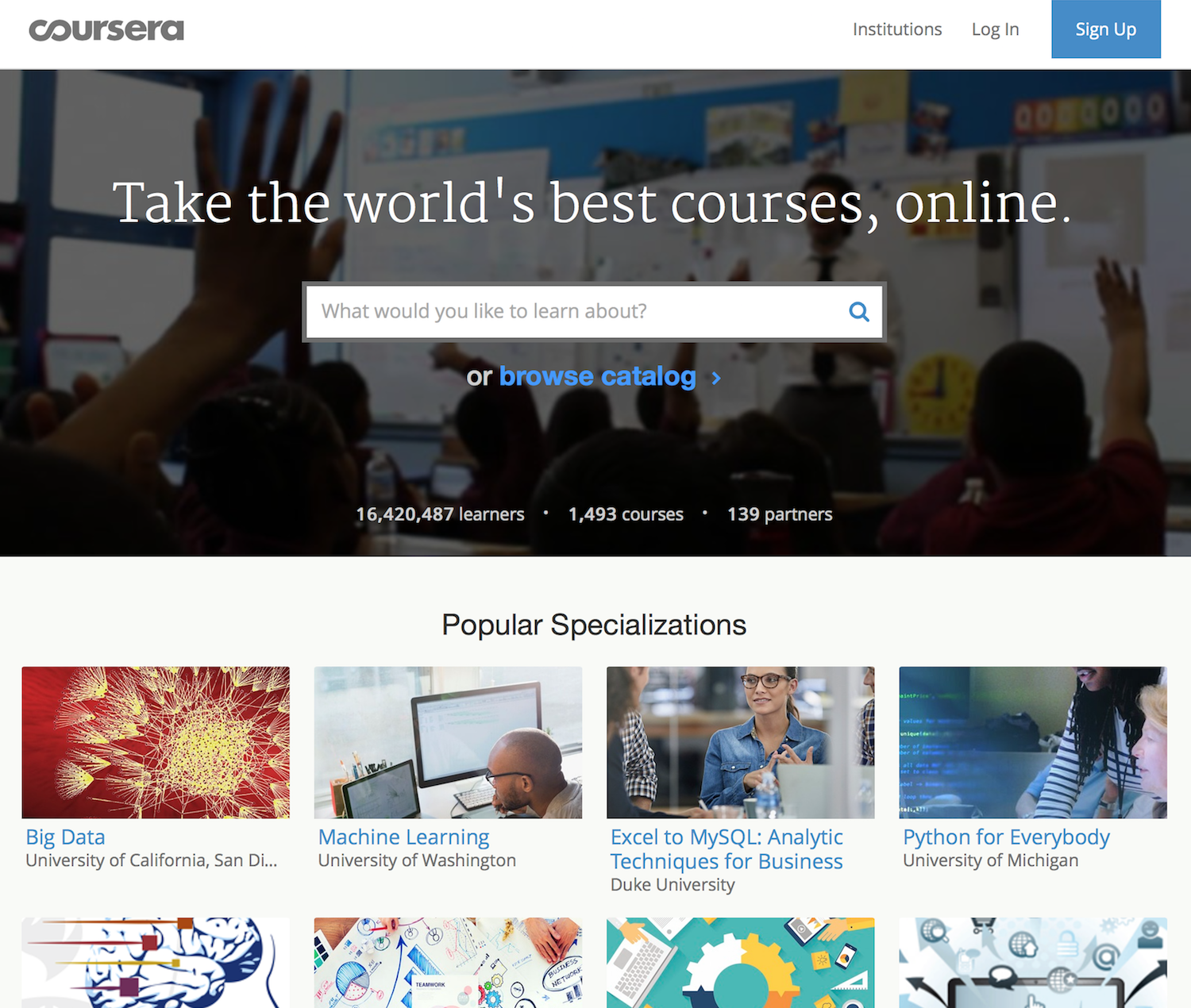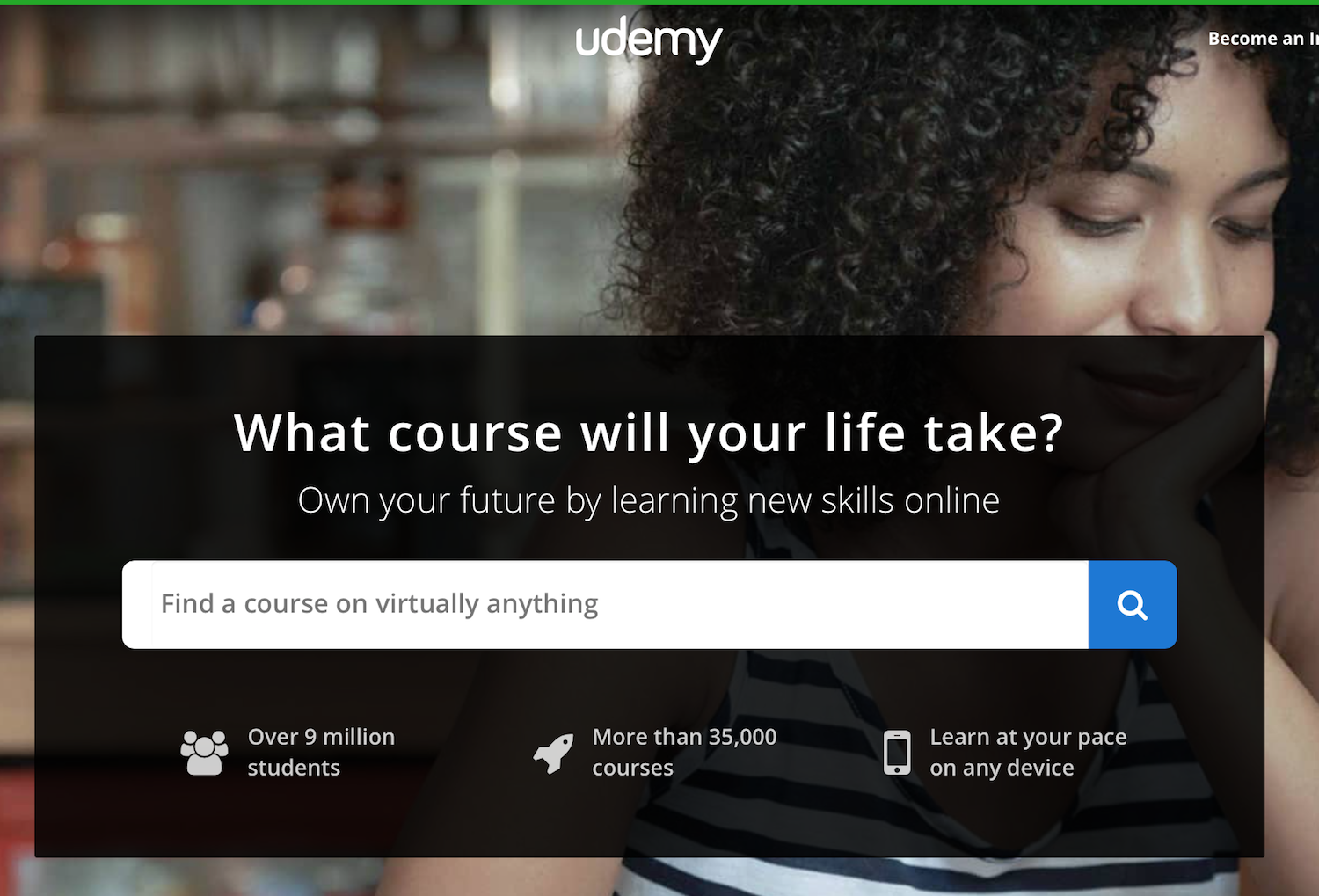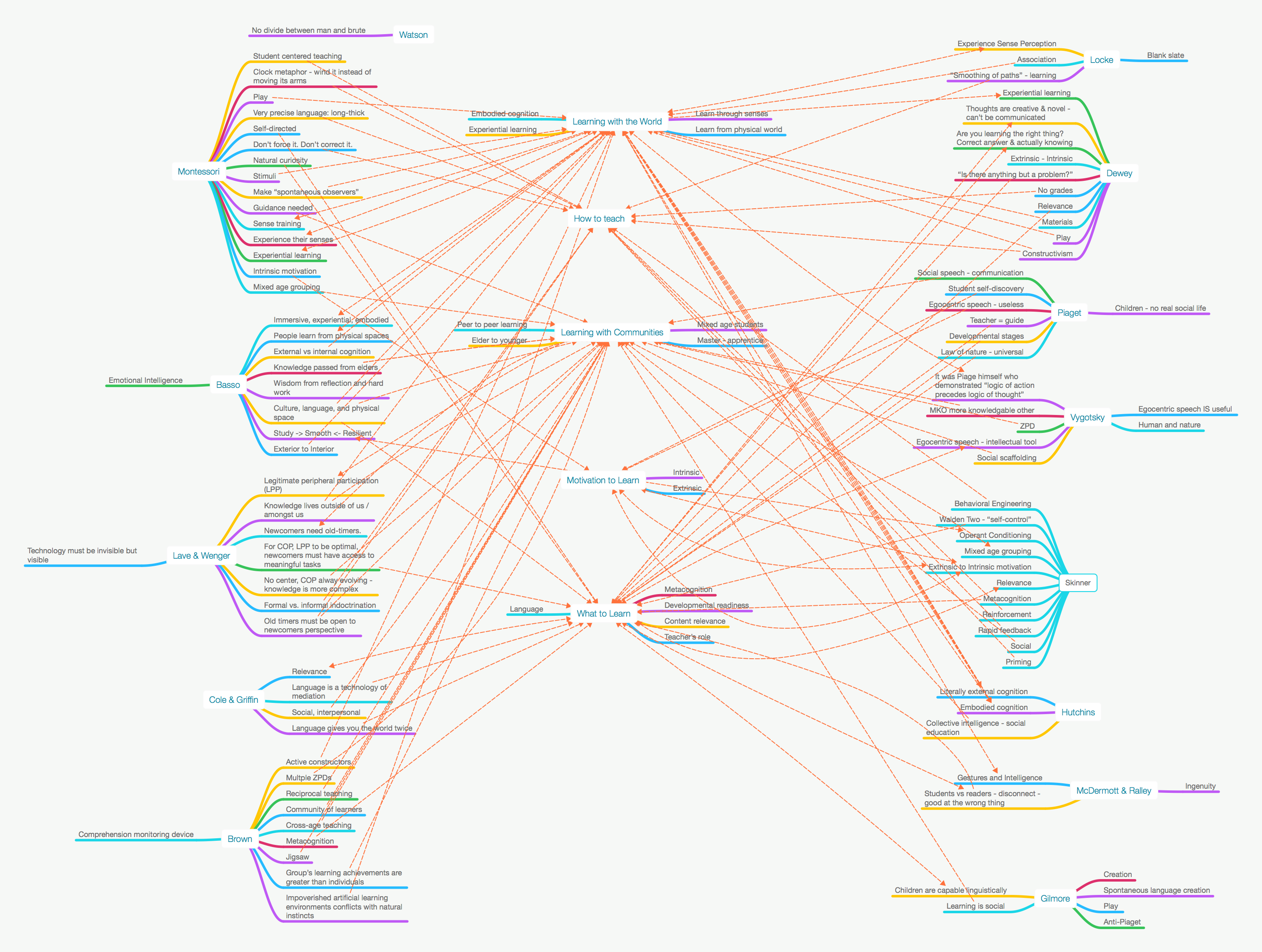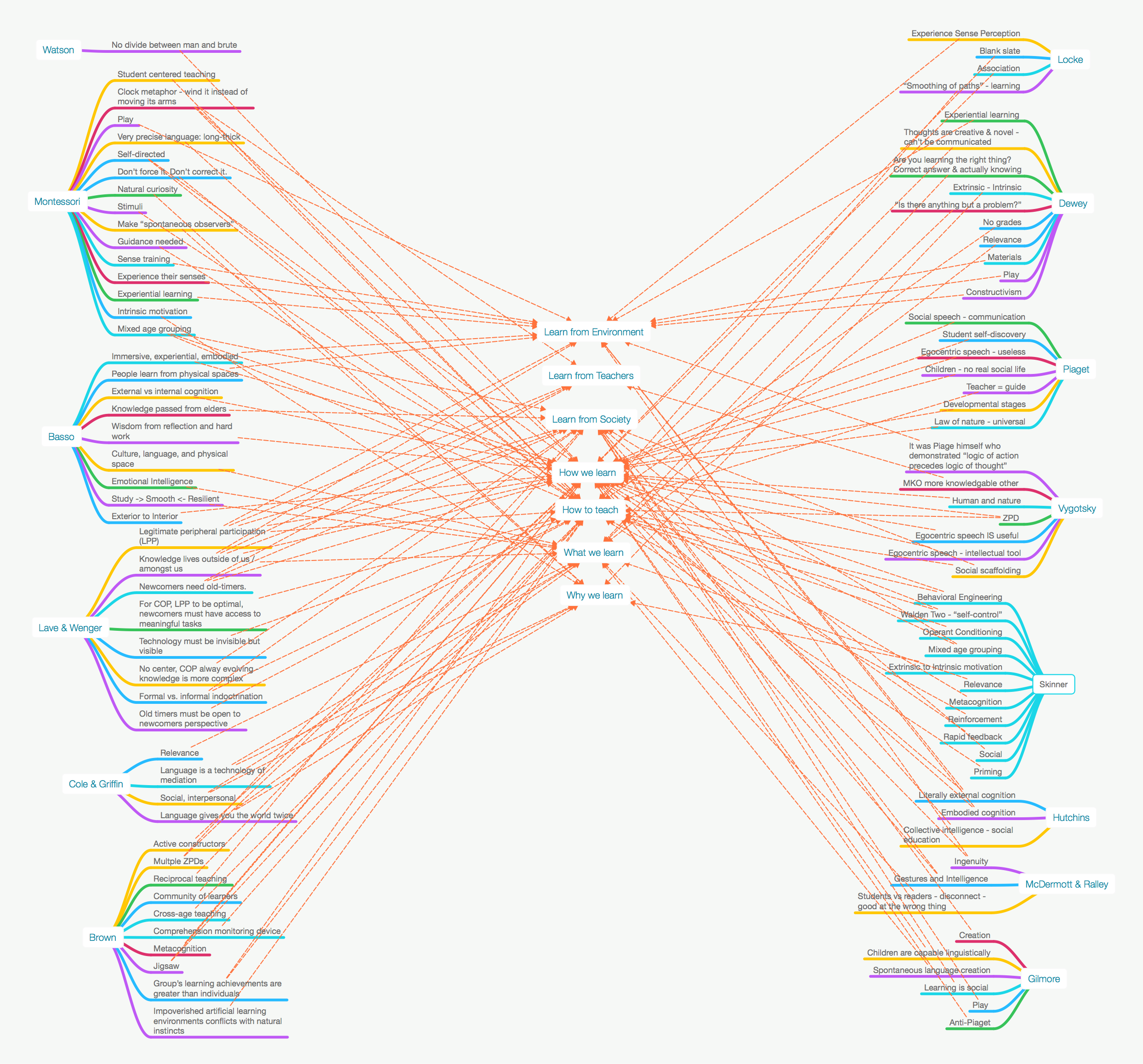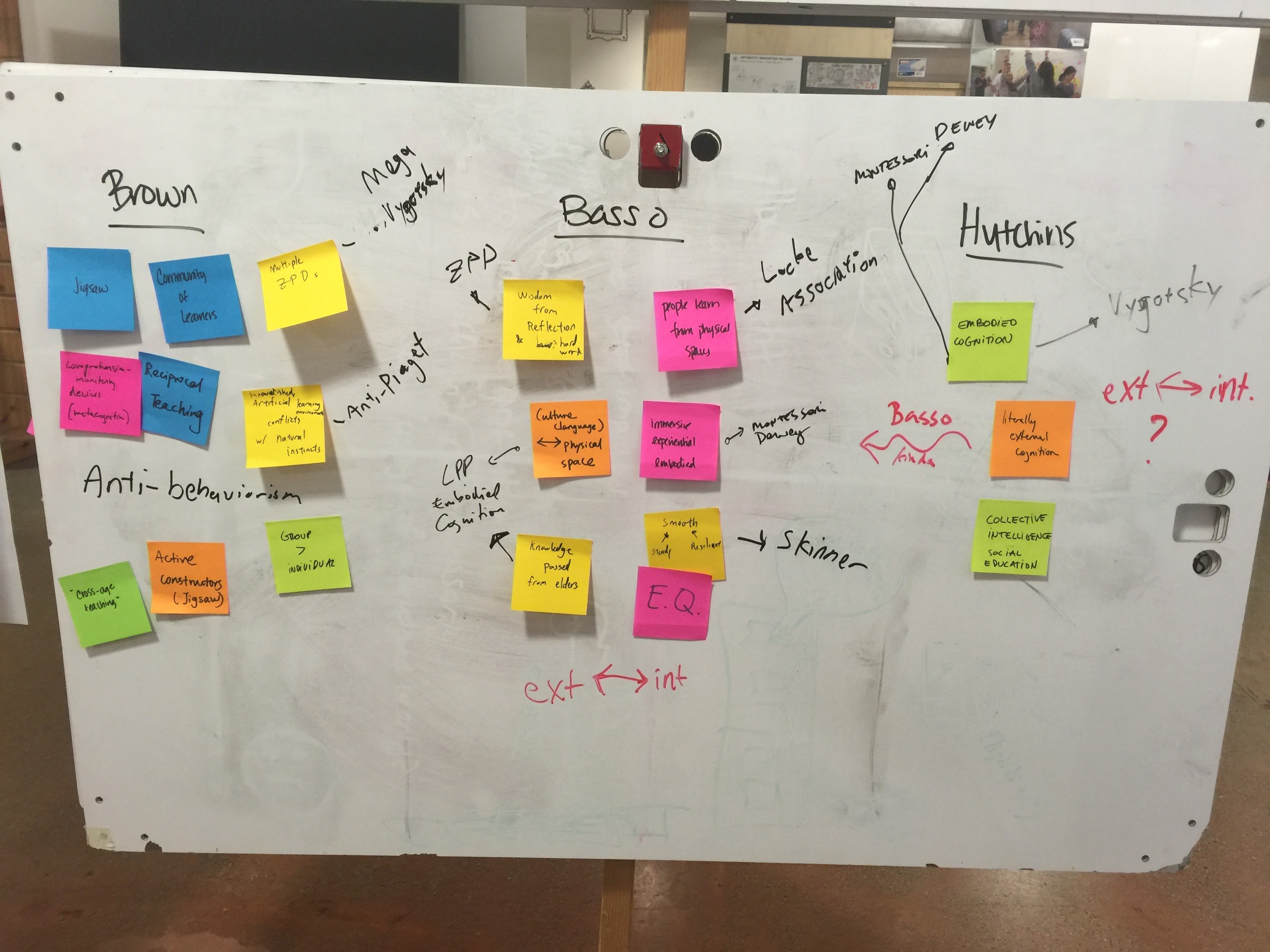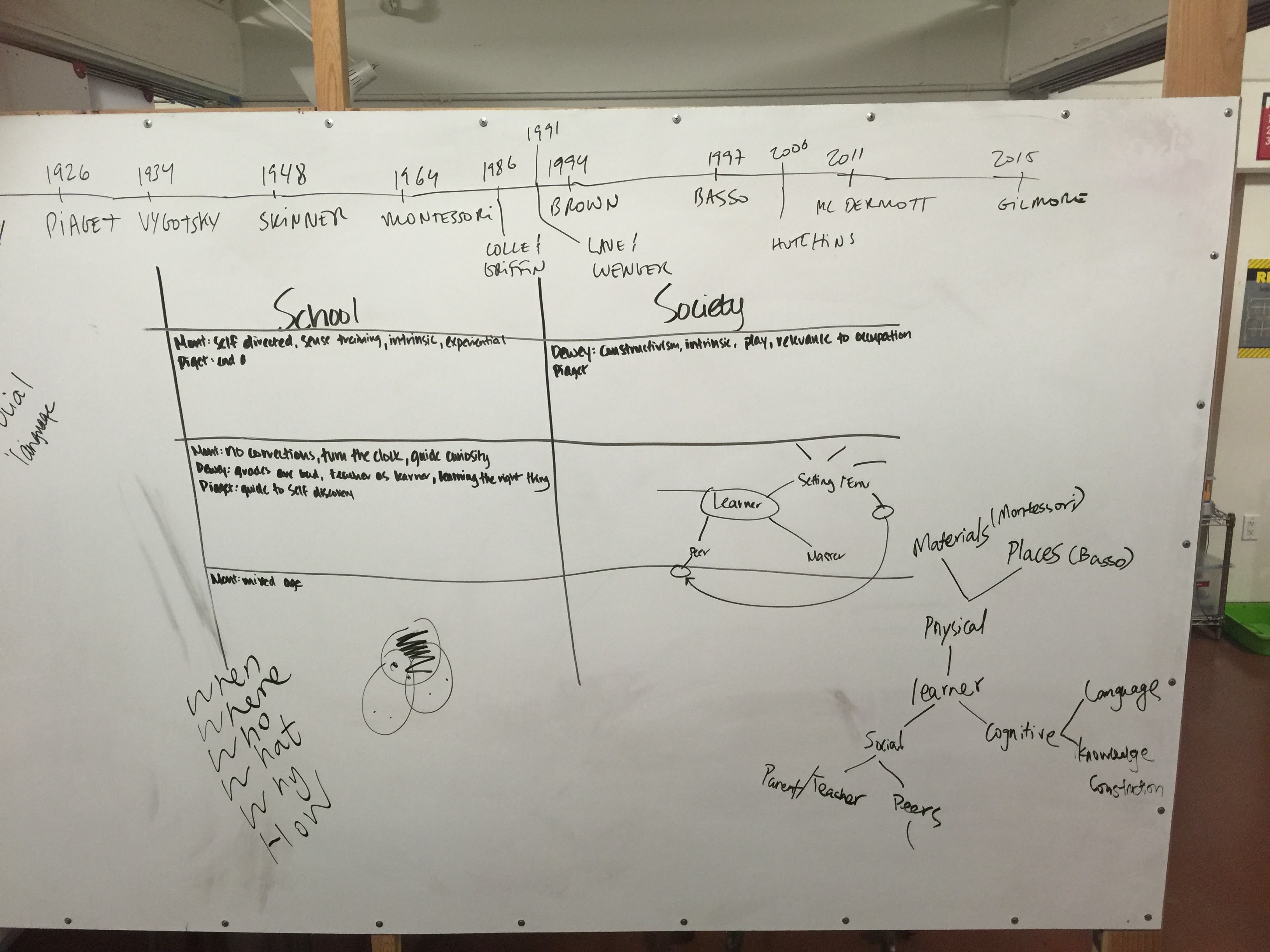
We had an eye opening talk by Paula Louzano on the current proposal for national K-12 curriculum standards in Brazil.
The talk was in Portugues, thus so were my notes
Analise Internacional Comparada de Politicas Curriculares: contribuições para o debate da Base Nacional Comum no Brasil
Inspiração:
- Carnoy – salas de aula Chile Cuba Brasil – foco em aulas de matematica
- Livros didaticos fornecidos gratuitiamente – professores compravam curriculos em vez de somente livros
Foco: curriculos Pesquisa:
- Estudo comparativo internacional
- Quem decide o que estudar e como ensinar
Governo Ferderal centraliza a decisão do que estudar Portugal / Chile
- O que se ensina: Ministério da Educação
- Documentos legais que foram entrando em especificidade
- Currículo Nacional – 2001
- Programas por disciplina – 2007
- Metas curriculares por disciplina – 2011
Finlândia / Nova Zelândia
- Paises aonde os professores tem maior autonomia
- É definido o que ensinar
- Não define como ensinar
- Metas ao final de 2 anos devem ser atingidas
- Documentos e leis nacionais
- Investiram na formação de professores e portanto documentos ficaram menos específicos
- Período de metas é de dois anos em vez de ano a ano
- Avaliação é feita por cada professor, baseado em metaas especificadas
Cuba
- Governo central definie o que e como
- Define até o nível da sala aula: passo a passo do conteúdo
Analise dos modelos
- Maior centralização
- Foco na equidade do sistema
- Capacidade de inovação
- Alinhamento da formação de professores, material didático e avaliação
- Maior autonomia às escolas
- Foco na competência e julgamento do professor em atender os alunos e comunidade local
- Maior impacto das diferenças nos recuross para cada escola
Não há consenso de qual é o melhor modelo Brasil nem entra nessa linha comparativa… nem entra na curva… “uma jaboticaba” Diretirzes Curriculares Nacionais para a Educação Básica
- Base nacional comum, que tem força de lei, especifica somente as matérias obrigatórias.
- Só agora (2014) que houve um debate nacional sobre o que ensinar
- Primeiro veio o livro didático, sem orientação curriculas
- Depois veio o sistema de avaliação externa
- Com isso, vieram os curriculos feitos pelos Estados e Municípios
Plano Nacional de Educação – 2014Base Nacional Comum Curricular – 2015
- http://basenacionalcomum.mec.gov.br
- Não foi feito um benchmarking
- Não foi determinado o processo da reforma curricular
- Brasileiro tem dificuldade de fazer escolhas (formato, conteúdo, foco)
- Expectativas baixíssimas – baixa preocupação com excelência e equidade
